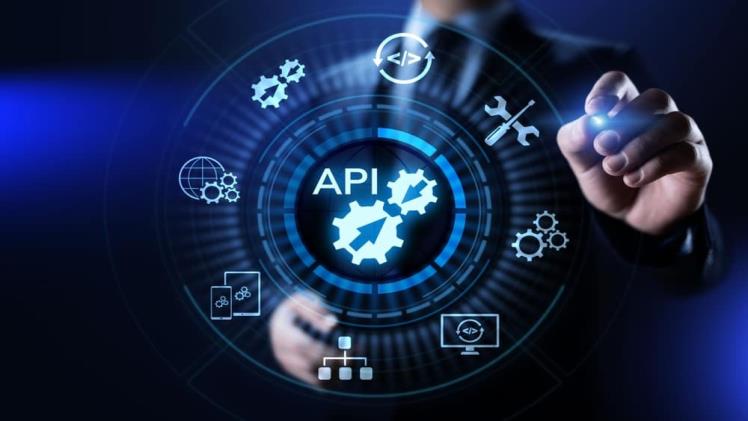API (Application Program Interface) Testing, from the name itself, is a type of interface testing to ensure the functionality, security, and performance of apps. Like any other software testing, API Testing also ensures the reliability of the application. This test helps in determining flaws in the applications so that developers can correct them and create a more dependable application. Efficient API testing involves various tests within it to check all the features in the application. The software cannot be user-ready without API testing. To know more about API testing and its life cycle, read the complete article-
Why API Testing is Crucial
Only complete and fully reliable applications are served to users. API testing ensures the proper functioning of each component of application software. Its main advantages are as follows-
- Allow continuous testing of the application when it is still in the development stage.
- Improve the app’s performance by finding its loopholes and areas of improvement.
- It helps in finding any bugs in the application.
- Enhances the quality of applications.
- API tests can be used multiple times once they form.
- Helps developers in making more user-friendly interfaces.
Lifecycle of API Testing
1. Know the API
The first stage in API testing is understanding all its specifications. To design the test, you should know the functions, features, and characteristics of the application. Knowing the programming language is also crucial for API testing. It is because after knowing the app only, you can create a test and check the API.
2. Decide testing objective
Once you know the API specifications, you have to set testing goals. Under this stage, the testier decide functions to test and according to what type of users the test will be conducted. Developers create software for specific target users. Hence, while setting API testing objectives you cannot ignore the users.
3. Decide different test
Under API testing, testers include different tests according to the objectives. Generally, performance tests, functionality tests, load tests, security tests, etc., are part of all API tests. Every application requires such tests to improve performance. According to need, a tester adds multiple other tests in API testing.
4. Execution of test
Once the test list prepares, test execution process initiates. Every test has a different execution pattern. At this stage the responsibility of a tester is to effectively execute all the tests and record their results.
5. Analyse the test and form report
Based on the observations of different tests, the tester analyses the API. With the help of observations and data, a final report is prepared. It helps developers in making updates in the API. However, this process runs continuously for efficient app development. That is the API testing cycle.
Conclusion
Now you know what is API Testing, why it is crucial, and what are its different stages. Notably, the API tests are manual as well as automated. However, nowadays automated tests have become very reliable and easy to conduct. Automated tests, also eliminate human errors. Hence, you can opt for an automated API test of your application.

